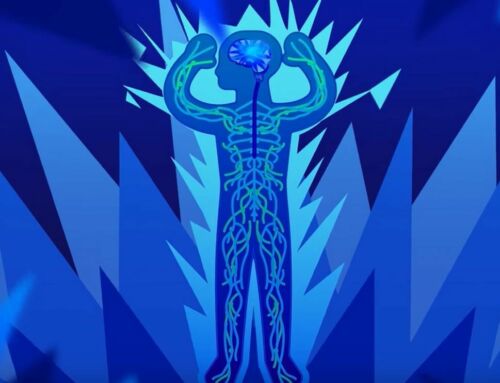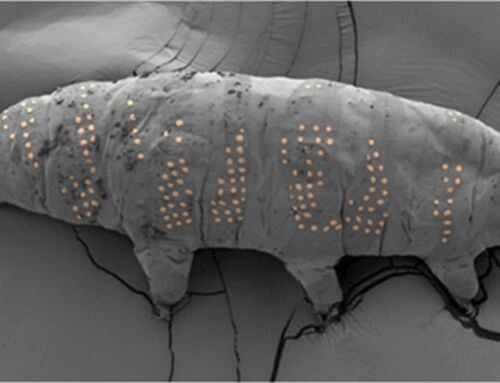Sleep scientists have shown that dreaming helps people improve their waking lives, and they have done so by developing sophisticated content analysis scales.
Dream analysis entails time-consuming manual annotation of text. That is why dream reports have been recently mined with algorithms, and these algorithms focused on identifying emotions.
Above: The Knight’s Dream, 1655, by Antonio de Pereda. Credit wikimedia
In so doing, researchers have not tackled two main technical challenges though:
(i) how to mine aspects of dream reports that research has found important, such as characters and interactions; and
(ii) how to do so in a principled way grounded in the literature. To tackle these challenges, we designed a tool that automatically scores dream reports by operationalizing the widely used dream analysis scale by Hall and Van de Castle. We validated the tool’s effectiveness on hand-annotated dream reports (the average error is 0.24), scored 24 000 reports—far more than any previous study—and tested what sleep scientists call the ‘continuity hypothesis’ at this unprecedented scale: we found supporting evidence that dreams are a continuation of what happens in everyday life.
Our results suggest that it is possible to quantify important aspects of dreams, making it possible to build technologies that bridge the current gap between real life and dreaming.
Read the full report in Royal Society Open Science






Leave A Comment